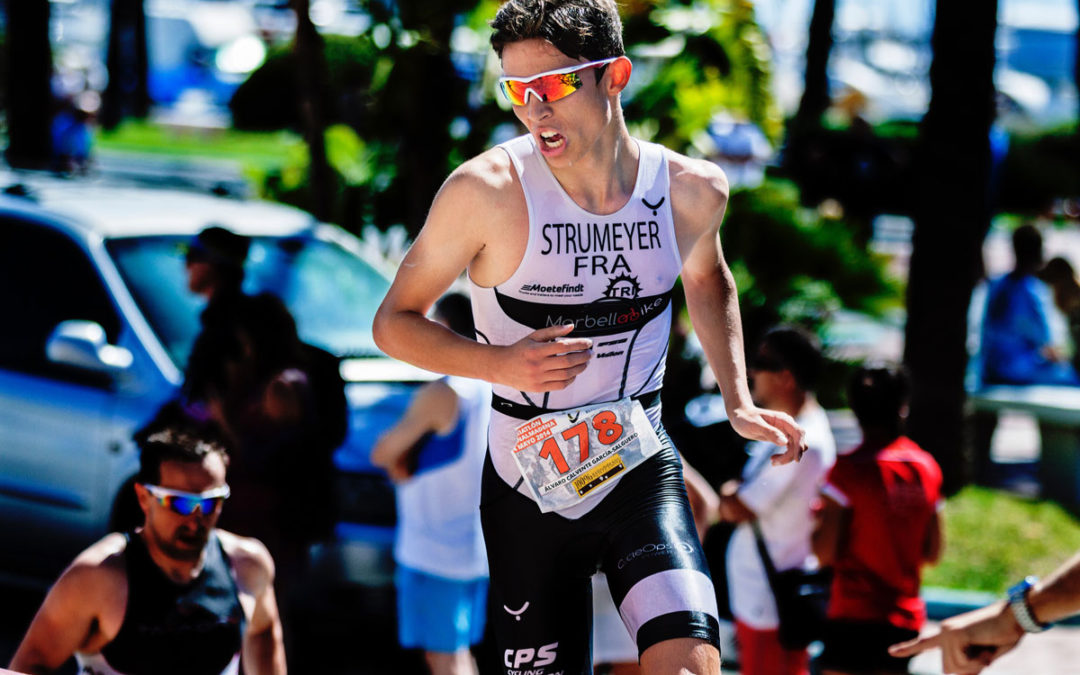During every sports season young athletes are always vulnerable to minor and serious injuries. Although there is no way to completely keep a young athlete away from injury, there are numerous ways to minimize their risk of being injured during the season. Below is a list of seven things that should be done by young athletes to lessen the risk of injury this sports season.
1. Take time off. Breaks are essential to resting and recovering from overuse of the body. Take at least one day off from sports participation each week, and take breaks during the year following the completion of a sports season before taking on another.
2. Wear the correct gear. Athletes should always wear proper fitting gear and the correct gear for the particular sport they are participating in. If the gear being worn is not the correct gear for that particular sport it can pose a threat of injury for you and others around you.
3. Strengthen muscles. Strengthening muscles is like strengthening a rope, as you pull and pull on the rope eventually it will break, but if you continue to add strands to the rope the chances of it breaking are decreased more and more. By going through conditioning exercises during practice you are adding strands to your rope, you are strengthening the muscles that you use during that particular sport lessening the risk of injury.
4. Increase flexibility. Stretching exercises before and after games and practices can increase flexibility. Stretching should also be incorporated into a daily fitness plan to keep your muscles loose and at a smaller risk of being injured during a sport.
5. Use the proper technique. Always use the proper technique when playing a particular sport. Using a technique that is not correct could result in an injury to yourself or someone around you. Look into having a Function Movement Screening (FMS) done. It is helpful in determining potential weak points and will help an athlete execute the proper techniques, decreasing the likelihood of injuries.
6. Drink plenty of fluids.
During a game or practice, water breaks are imperative to preventing heat illnesses. Studies from the American Academy of Pediatrics show that by the time you are actually feeling thirsty you are already more than 3% dehydrated. With this in mind, consumption of water should be done consistently even if you do not feel thirsty.
7. Stop the activity if there is any sign of pain. If any pain or abnormal feeling is experienced during the activity, stop and get evaluated. Although most competitive athletes play and practice with some sort of “hurt,” this can cause bad mechanics that if left untreated, can quickly escalate into a serious, chronic condition.


Recent Comments